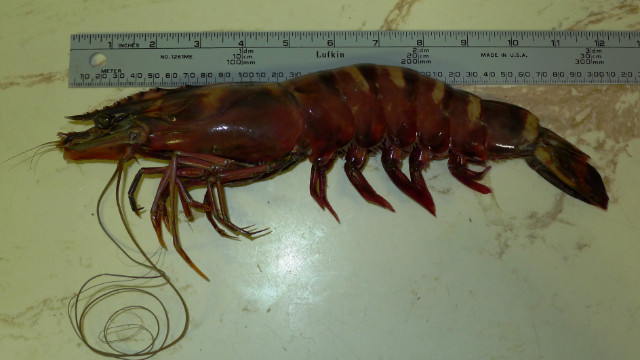 James Griffith, coordinator of Jonathan Arnold's lab, goes over data from the clock project. Credit: Andrew Tucker, University of Georgia
James Griffith, coordinator of Jonathan Arnold's lab, goes over data from the clock project. Credit: Andrew Tucker, University of Georgia
This Behind the Scenes article was provided to LiveScience in partnership with the National Science Foundation.
It’s a sunny Thursday morning and two accomplished scientists are seated on either side of a non-descript table in a University of Georgia conference room talking about bread mold.
Bread mold? Nobody uses that term around here, though. In the lab, it’s Neurospora crassa. (Because of its long striations, the growing mold looks like a nerve system, so Neurospora literally means “nerve spore.”) Jonathan Arnold, a geneticist and Heinz-Bernd Schuttler, a computational physicist, are not explaining something as plebian as bread mold, though. They’re talking about biological clocks, those internal tickers that, among other things, tell all living things when to rest and when to awaken.
For years, researchers thought that the function of these clocks was relatively straightforward. Now, a new NSF-supported research thrust by the two scientists and their colleagues is showing that the number of genes in Neurospora under the control of the biological clock is dramatically higher than anyone ever suspected.
“We’re just now beginning to see why the clock is so far-reaching in effects on the organism,” says Arnold, whose excitement when discussing his latest work is palpable. The clock’s off-on abilities don’t just intrigue geneticists, either.
Read more ....
















